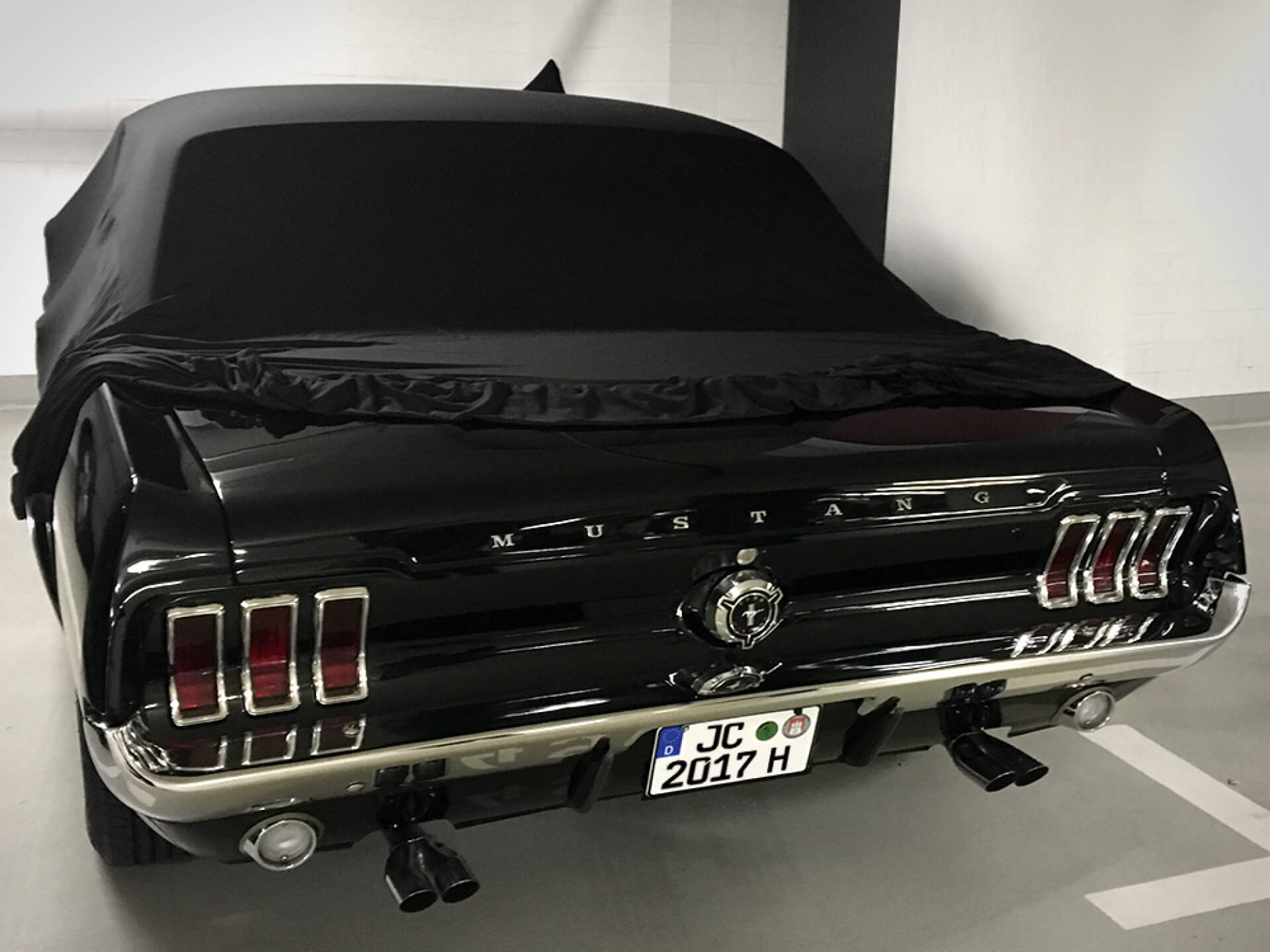

Articles
How To Store A Car For 5 Years
Modified: October 20, 2024
Learn the best way to store a car for 5 years with our informative articles. Expert tips and advice to keep your car in top condition during long-term storage.
(Many of the links in this article redirect to a specific reviewed product. Your purchase of these products through affiliate links helps to generate commission for Storables.com, at no extra cost. Learn more)
Introduction
Storing a car for an extended period, such as 5 years, requires careful planning and preparation to ensure that it remains in optimal condition. Whether you’re going on a long-term trip, military deployment, or have a classic car that you won’t be driving for some time, following the right storage procedures is crucial to prevent damage and costly repairs down the line.
In this article, we will guide you through the step-by-step process of properly storing a car for 5 years. From cleaning and preparation to regular check-ups during storage, we will cover all the essential tips and techniques to preserve your vehicle’s performance and appearance.
By following these guidelines, you can rest assured that your car will be ready for use when the time comes, without any unexpected surprises or issues. So, let’s dive into the first step: cleaning and preparation.
Key Takeaways:
- Properly storing a car for 5 years involves thorough cleaning, fluid management, battery care, and regular check-ups. Choosing a secure storage location and conducting final preparations are essential for a smooth transition back on the road.
- Protecting the exterior and interior, maintaining tire condition, and ensuring a secure storage location are crucial for preserving a car’s integrity during long-term storage. Following these steps will help maintain the vehicle’s performance and appearance.
Read more: How To Store A Car For A Year
Step 1: Cleaning and Preparation
Before storing your car for 5 years, it’s crucial to give it a thorough cleaning both inside and out. This helps prevent dirt, dust, and other contaminants from causing damage during the storage period. Here’s what you need to do:
- Wash the exterior: Start by washing the car with a mild soap solution and a soft sponge or cloth. Pay attention to areas prone to dirt buildup, such as the wheel wells and undercarriage. Rinse off any soap residue thoroughly and dry the car completely using a microfiber towel.
- Wax the paint: Apply a quality car wax to protect the paint surface. This creates a barrier against moisture and UV rays, preventing potential paint damage during storage. Make sure to follow the instructions on the wax product for best results.
- Clean the interior: Remove any personal belongings and give the interior a thorough cleaning. Vacuum the carpets and upholstery to remove any dirt or debris. Wipe down all surfaces, including the dashboard, seats, and door panels, using a mild interior cleaner. Don’t forget to clean the windows for a clear view.
- Empty the car: Remove any perishable items, such as food or beverages, from the car. These can attract pests and cause unpleasant odors. Also, take out any valuables or important documents to keep them safe.
- Close all openings: Make sure all windows, sunroofs, and convertible tops are tightly closed. This helps prevent dust and moisture from entering the car during storage.
- Consider a car cover: If you’re storing your car in an outdoor space, invest in a breathable car cover to protect it from the elements. A cover made specifically for your car’s make and model provides a snug fit and offers additional protection against scratches.
Once you have completed these steps, your car will be clean and ready for the next stage of preparation. In the next step, we will discuss how to take care of fluids and fuel before storing your vehicle for 5 years.
Step 2: Fluids and Fuel
Properly managing the fluids and fuel in your car before long-term storage is essential to prevent corrosion, degradation, and other potential issues. Follow these guidelines to ensure your car is ready to be stored for 5 years:
- Oil change: Schedule an oil change before storing your car. Old oil can become contaminated and lead to engine damage over time. Fresh oil will help protect the engine components during storage. Additionally, consider replacing the oil filter as well.
- Top up all fluids: Check and top up all essential fluids, such as coolant, brake fluid, power steering fluid, and windshield washer fluid. This helps prevent any potential damage or leaks while the car is not in use.
- Fuel stabilization: When storing a car for a long period, it’s best to have a full tank of fuel. This helps prevent moisture from accumulating inside the tank and reduces the risk of corrosion. Add a fuel stabilizer to the tank to prevent the fuel from breaking down and causing damage to the fuel system. Follow the instructions on the stabilizer product for the correct dosage.
- Run the engine: Start the engine and let it run for a few minutes to circulate the fresh oil and fuel stabilizer throughout the system. This helps ensure that the additives in the oil and stabilizer are properly distributed.
- Disconnect the battery: If you’ll be storing your car for an extended period, it’s advisable to disconnect the battery to prevent it from draining completely. This will help preserve the battery life and prevent any potential electrical issues.
By following these steps, you can ensure that your car’s fluids and fuel are properly managed, minimizing the chances of damage or deterioration during the storage period. In the next step, we will cover the importance of battery care when storing a car for an extended period.
Step 3: Battery Care
When storing a car for 5 years, proper battery care is crucial to ensure that it remains in good condition and is ready to start when you need it. Here are some important steps to take:
- Disconnect the battery: As mentioned in the previous step, disconnecting the battery is essential to prevent it from draining completely during storage. This helps preserve the battery life and ensures that it will have enough power to start the car when you’re ready to use it again.
- Clean the battery terminals: If there is any corrosion or buildup on the battery terminals, gently clean them using a mixture of baking soda and water. Scrub the terminals with a brush or toothbrush, then rinse thoroughly with clean water. Dry the terminals before reconnecting the battery.
- Store the battery properly: If you have the space, it’s recommended to remove the battery from the car and store it in a cool, dry place. Make sure to keep it away from any flammable materials and place it on a non-conductive surface.
- Maintain the battery charge: If removing the battery is not possible, you can use a battery maintainer or trickle charger to keep the battery charged during the storage period. These devices provide a low, steady charge that prevents the battery from fully discharging.
- Check the battery periodically: Even if you choose to disconnect the battery, it’s a good idea to check on it periodically during the storage period. Make sure there are no signs of leakage or corrosion, and if needed, clean the terminals again.
By taking proper care of the battery during the storage period, you can prolong its lifespan and ensure that it functions properly when you’re ready to use your car again. In the next step, we will discuss how to care for the tires when storing a car for an extended period.
Step 4: Tire Maintenance
Proper tire maintenance is essential when storing a car for 5 years to prevent flat spots, dry rot, and other tire-related issues. Follow these steps to ensure your tires remain in good condition:
- Inflate the tires: Before storing your car, make sure to inflate the tires to the manufacturer’s recommended pressure. This helps prevent flat spots from forming during extended periods of inactivity.
- Move the car periodically: If possible, try to move the car once every few months during the storage period. This helps distribute the weight on different parts of the tires, preventing flat spots from forming.
- Use tire cradles or jacks: If moving the car is not feasible, you can use tire cradles or jacks to take the weight off the tires. This helps minimize the risk of flat spots developing. Make sure to follow the manufacturer’s instructions when using tire cradles or jacks.
- Avoid parking on dirt or gravel: When storing your car, it’s best to park it on a clean, paved surface. Dirt or gravel can cause moisture buildup and accelerate tire deterioration.
- Cover the tires: If you’re using a car cover, consider using tire covers as well. These covers protect the tires from sunlight and potential damage from the elements.
- Check tire condition: Regularly inspect the tires for any signs of damage or deterioration during the storage period. If you notice cracking, bulging, or severe dry rot, it may be time to replace the tires before using the car again.
By following these tire maintenance tips, you can ensure that your tires remain in good condition throughout the storage period and are ready to hit the road when the time comes. In the next step, we will discuss how to protect the exterior of your car during long-term storage.
Read more: How To Store A Car For 20 Years
Step 5: Exterior Protection
Protecting the exterior of your car is essential when storing it for 5 years to prevent damage from the elements and preserve its overall appearance. Follow these steps to keep your car’s exterior in top shape during the storage period:
- Park in a covered area: If possible, park your car in a covered and enclosed space, such as a garage or carport. This provides the best protection against the elements, including sunlight, rain, and wind.
- Use a breathable car cover: If you don’t have access to a covered space, invest in a high-quality, breathable car cover. Make sure the cover is specifically designed for your car’s make and model to ensure a proper fit.
- Regularly clean the car cover: If you’re using a car cover, make sure to regularly clean it to prevent dirt and debris from accumulating. Follow the manufacturer’s instructions for proper cleaning and storage of the car cover.
- Avoid parking under trees: Trees can drop sap, leaves, and other debris that can damage the car’s paint. Try to avoid parking your car under trees to prevent any potential harm.
- Protect against UV rays: If you’re storing your car in an outdoor space, apply a UV protectant to the exterior surfaces, including the paint, plastic trim, and rubber components. This helps prevent fading, cracking, and deterioration from prolonged sun exposure.
- Clean and protect the wheels: Give the wheels a thorough cleaning and apply a wheel wax or sealant to protect them from corrosion and brake dust buildup. This helps preserve the appearance of the wheels during the storage period.
By taking these steps to protect the exterior of your car, you can maintain its appearance and prevent any potential damage caused by the elements. In the next step, we will discuss how to take care of the interior of your car during the storage period.
Before storing a car for 5 years, fill the gas tank to prevent moisture buildup, change the oil, and use a car cover to protect it from dust and debris.
Step 6: Interior Protection
Protecting the interior of your car during long-term storage is just as important as protecting the exterior. Proper interior care ensures that your car’s cabin remains clean and in good condition. Follow these steps to protect the interior of your car during the storage period:
- Clean and vacuum: Before storing your car, give the interior a thorough cleaning. Remove any loose items, trash, and debris. Vacuum the carpets, seats, and floor mats to remove dirt and dust.
- Use interior protectants: Apply interior protectants to surfaces such as the dashboard, door panels, and steering wheel. These products help prevent drying, cracking, and fading caused by prolonged exposure to sunlight and heat.
- Condition the leather: If your car has leather seats or interior trim, apply a leather conditioner to keep the leather moisturized and prevent it from drying out or cracking.
- Close air vents and windows: Before storing your car, make sure to close all air vents and windows. This helps prevent dust and debris from entering the car and keeps the interior cleaner.
- Place moisture absorbers: To prevent excess moisture buildup inside the car, place moisture absorbers, such as silica gel packs or desiccant bags, in the cabin. These help keep the interior dry and minimize the risk of mold and mildew growth.
- Use sunshades: If your car will be exposed to sunlight during storage, use sunshades to cover the windshield and side windows. This helps protect the interior from harmful UV rays and keeps it cooler.
- Consider using seat covers: If you want to provide an extra layer of protection for your seats, consider using seat covers. They help prevent stains, fading, and wear during the storage period.
By following these steps, you can ensure that your car’s interior remains clean, protected, and in good condition until you’re ready to use it again. In the next step, we will discuss the importance of choosing a secure storage location for your car.
Step 7: Secure Storage Location
Choosing a secure storage location for your car is crucial to ensure its safety and protection during the 5-year storage period. Here are some factors to consider when selecting a storage location:
- Indoor vs. Outdoor: Whenever possible, opt for an indoor storage option such as a garage or storage facility. Indoor storage provides better protection against the elements, including sunlight, rain, and extreme temperatures.
- Climate control: If you’re storing your car in a climate with extreme weather conditions, consider a storage facility with climate control. This helps maintain a stable temperature and humidity level inside the storage area, reducing the risk of moisture-related damage.
- Security measures: Choose a storage location that has adequate security measures in place, such as surveillance cameras, secure access control, and 24/7 monitoring. This helps protect your car from potential theft or vandalism.
- Clean and dry environment: Ensure that the storage location is clean, dry, and free from pests or rodents. Dirty or damp environments can lead to mold, mildew, and other forms of damage to your car.
- Avoid high traffic areas: Look for a storage location away from high-traffic areas or construction zones. This minimizes the risk of accidental damage to your car.
- Insurance coverage: Check with your insurance provider to ensure that your car will be covered during the storage period. Adjust your insurance policy if necessary to provide the appropriate level of coverage.
- Documentation and records: Keep records of the storage location, including contact information, rental agreements, and any maintenance performed on the car during the storage period. This helps keep track of your car and ensures a smooth transition when you’re ready to retrieve it.
By considering these factors and choosing a secure storage location, you can have peace of mind knowing that your car is protected and safe during the storage period. In the next step, we will discuss the importance of regular check-ups for your car while it’s in storage.
Step 8: Regular Check-ups
Performing regular check-ups on your car while it’s in storage is crucial to ensure its well-being and identify any potential issues. Here are some important check-ups to conduct during the 5-year storage period:
- Visual inspection: Regularly inspect the exterior and interior of your car for any signs of damage, such as scratches, dents, or water leaks. Also, check for any pest or rodent infestation that may occur during storage.
- Tire pressure: Check the tire pressure every few months and adjust it if necessary. Proper tire pressure helps prevent flat spots and ensures the tires are in good condition when you’re ready to use the car again.
- Fluid levels: Periodically check the fluid levels, including oil, coolant, brake fluid, and power steering fluid. Top up any fluids as needed to maintain optimal levels.
- Battery charge: Monitor the battery charge level if it’s still connected to the car. Use a battery maintainer or trickle charger to keep the battery charged to prevent it from fully discharging.
- Inspect and clean the engine bay: Open the hood and inspect the engine bay for any signs of damage or deterioration. If necessary, clean the engine bay to remove dirt or debris that may have accumulated over time.
- Run the engine: Start the engine and let it run for a few minutes to circulate fluids and prevent any buildup of moisture or contaminants. This also helps maintain the overall health of the engine during storage.
- Check for leaks: Look for any signs of fluid leaks, both underneath the car and around the engine area. If you notice any leaks, have them addressed promptly to prevent further damage.
- Inspect the electrical system: Test the lights, horn, and other electrical components to ensure they are functioning properly. This helps identify any potential electrical issues that may have arisen during storage.
- Check for rodents or pests: Regularly inspect the interior and exterior of the car for any signs of rodent or pest activity. Look for chewed wires, nests, or droppings. If you discover any signs of infestation, take appropriate measures to address the issue.
By conducting regular check-ups on your car, you can catch and address any issues in a timely manner, preventing further damage and ensuring that your car is in optimal condition when it’s time to bring it out of storage. In the next step, we will discuss the final preparations before using your car again.
Read more: How To Store Food For Years
Step 9: Final Steps before Use
Before you start using your car again after the 5-year storage period, there are some final steps you should take to ensure a smooth transition:
- Clean the car: Give your car a thorough cleaning, both inside and outside. This will remove any dust, dirt, or debris that may have accumulated during the storage period.
- Check the tires: Inspect the tires for any signs of damage or uneven wear. If necessary, have the tires balanced, aligned, or replaced to ensure safe and smooth driving.
- Check the battery: Reconnect the battery, if it was disconnected, and ensure it’s fully charged. If the battery shows signs of deterioration, consider replacing it before using the car.
- Fluid and filter replacements: Check the maintenance schedule of your car and perform any necessary fluid replacements, such as oil, coolant, and brake fluid. Also, replace filters, such as oil filters and air filters, as recommended.
- Test the lights and electrical components: Ensure that all lights, blinkers, and other electrical components are functioning properly. Replace any bulbs or fuses that are not working.
- Start the engine: Start the engine and allow it to run for a few minutes to ensure proper lubrication and circulation of fluids. Listen for any unusual noises or vibrations.
- Take it for a test drive: Finally, take your car for a short test drive to ensure that everything is in working order. Pay attention to the brakes, steering, and suspension to ensure they are functioning properly. If you notice any issues, have them addressed by a qualified mechanic.
By following these final steps before using your car again, you can ensure that it’s in good working condition and ready for the road. Don’t forget to recheck your insurance coverage and update it if necessary. Finally, enjoy the ride in your freshly awakened car!
With these steps and precautions in mind, you can confidently store your car for 5 years knowing that you’ve taken the necessary measures to maintain its integrity and performance. Happy storing!
Conclusion
Storing a car for 5 years requires careful planning, preparation, and maintenance to ensure its optimal condition when you’re ready to use it again. By following the step-by-step guide outlined in this article, you can confidently store your car knowing that it’s protected from damage and deterioration.
From cleaning and preparation to fluid and fuel management, battery care, tire maintenance, and exterior and interior protection, each step plays a crucial role in preserving your car’s performance and appearance during the storage period.
Choosing a secure storage location, conducting regular check-ups, and performing final preparations before use are also essential elements that should not be overlooked. These steps help identify any potential issues and ensure that your car is ready to hit the road again smoothly.
Remember to pay attention to the details and incorporate relevant keywords naturally throughout the article. This not only enhances the article’s search engine optimization but also improves its readability and user experience.
Following these guidelines will help you successfully store your car for 5 years and enjoy the peace of mind knowing that your vehicle is well-maintained and ready to serve you when the time comes.
So, whether you’re embarking on a long-term trip, military deployment, or preserving a classic car, following these steps will ensure that your car remains in excellent condition throughout the storage period and beyond.
By taking the time to properly clean, prepare, and protect your car, you can ensure that it remains a reliable and enjoyable mode of transportation for many years to come.
Happy storing and safe travels!
Frequently Asked Questions about How To Store A Car For 5 Years
Was this page helpful?
At Storables.com, we guarantee accurate and reliable information. Our content, validated by Expert Board Contributors, is crafted following stringent Editorial Policies. We're committed to providing you with well-researched, expert-backed insights for all your informational needs.



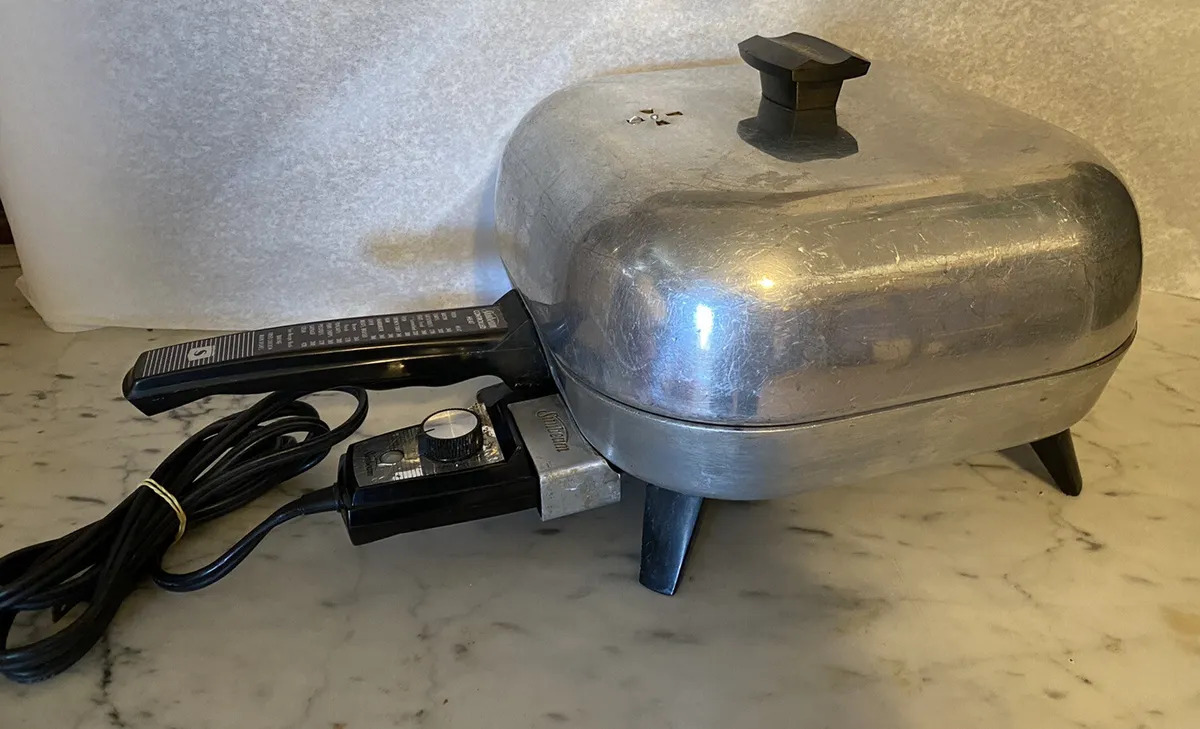
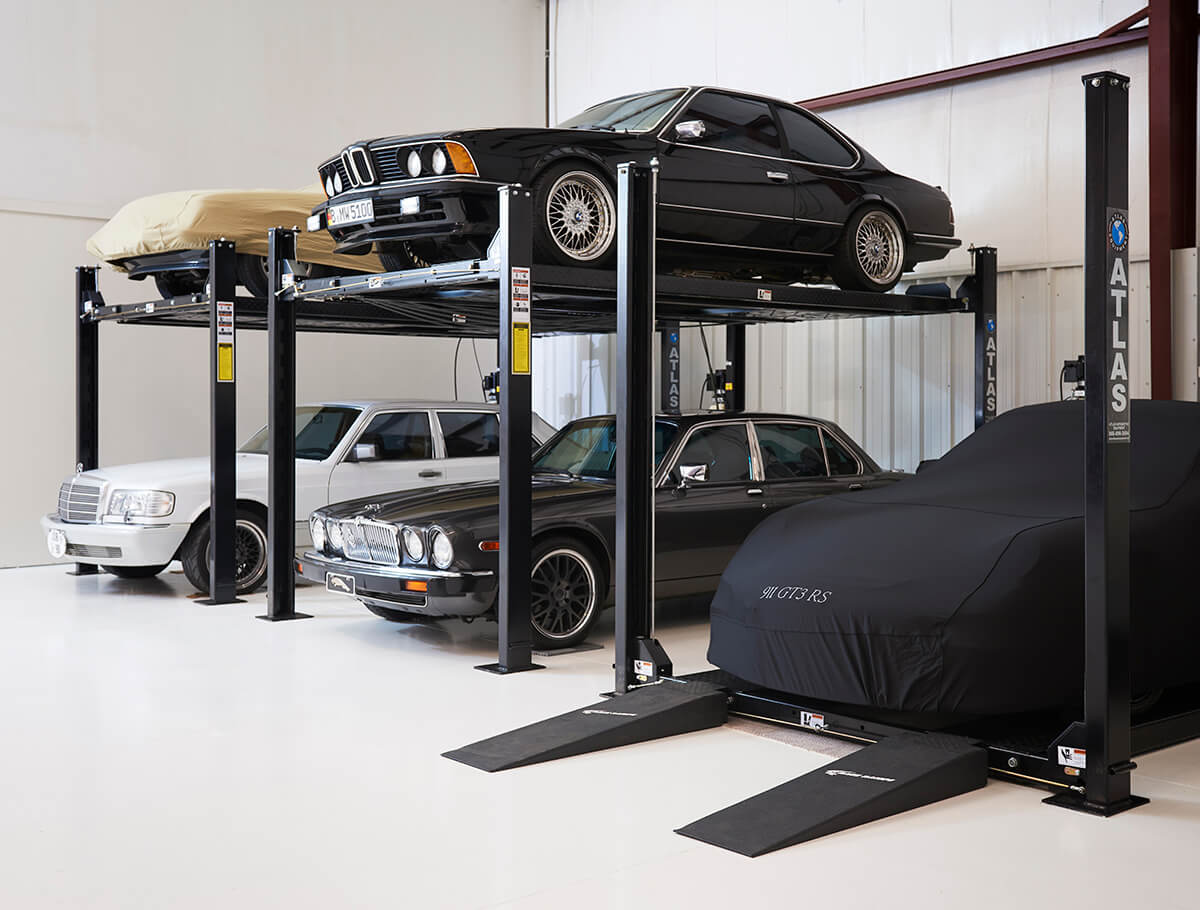
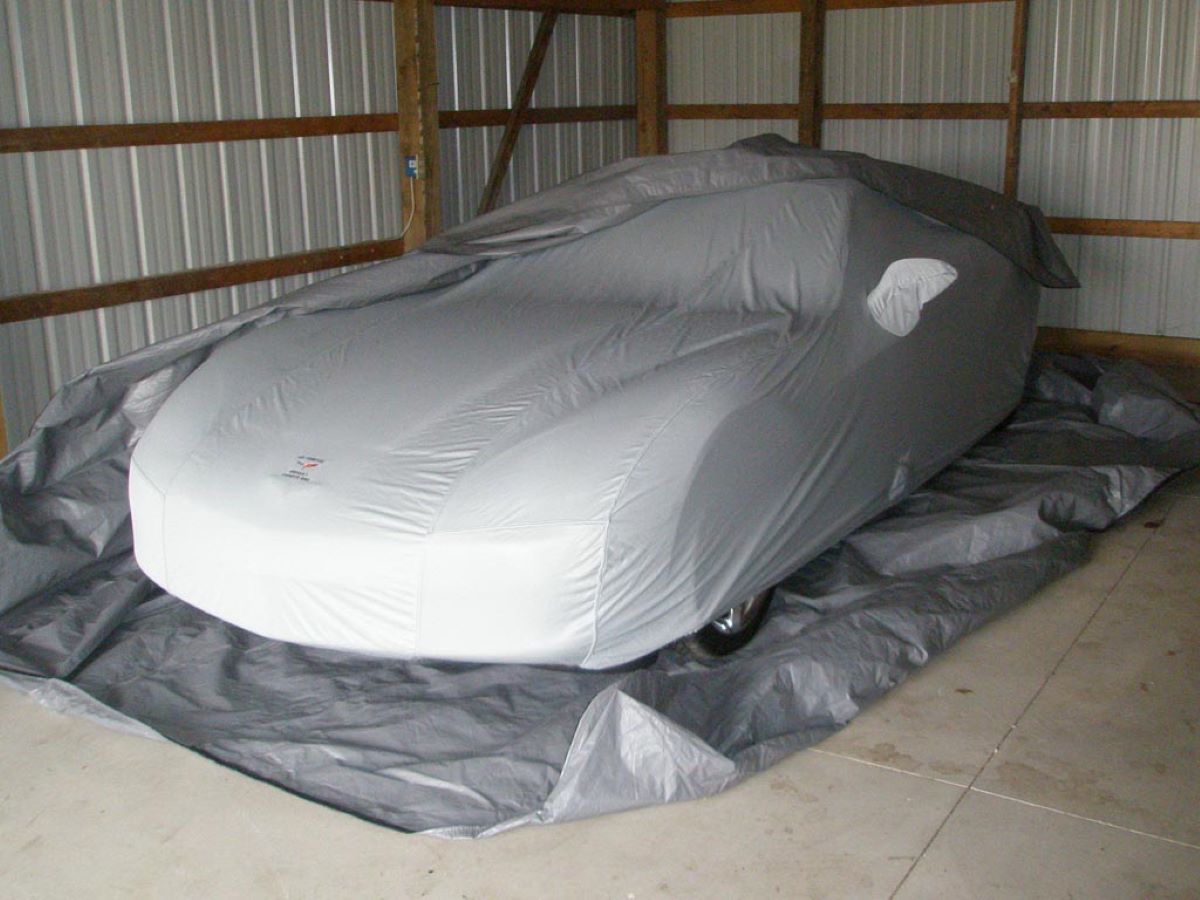


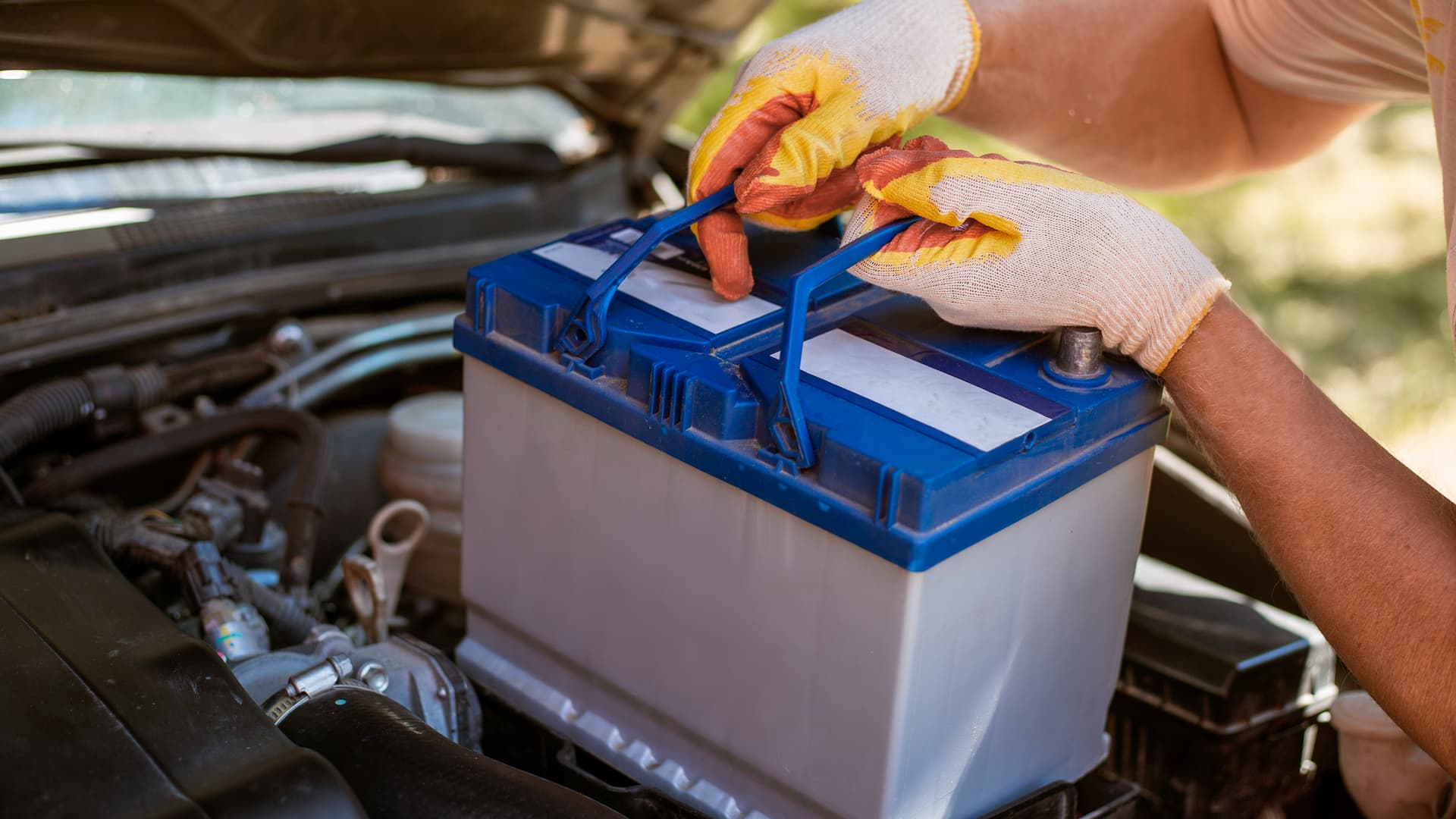


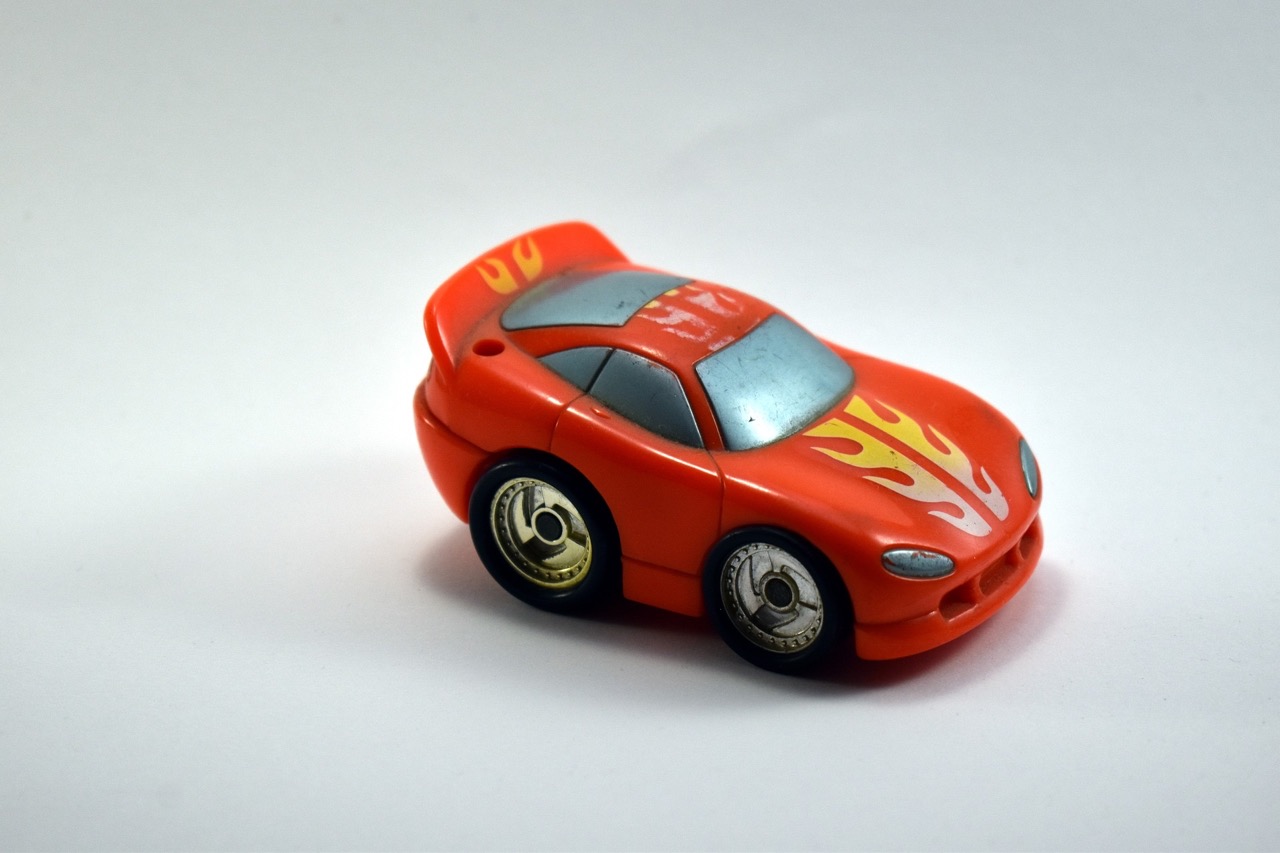


0 thoughts on “How To Store A Car For 5 Years”